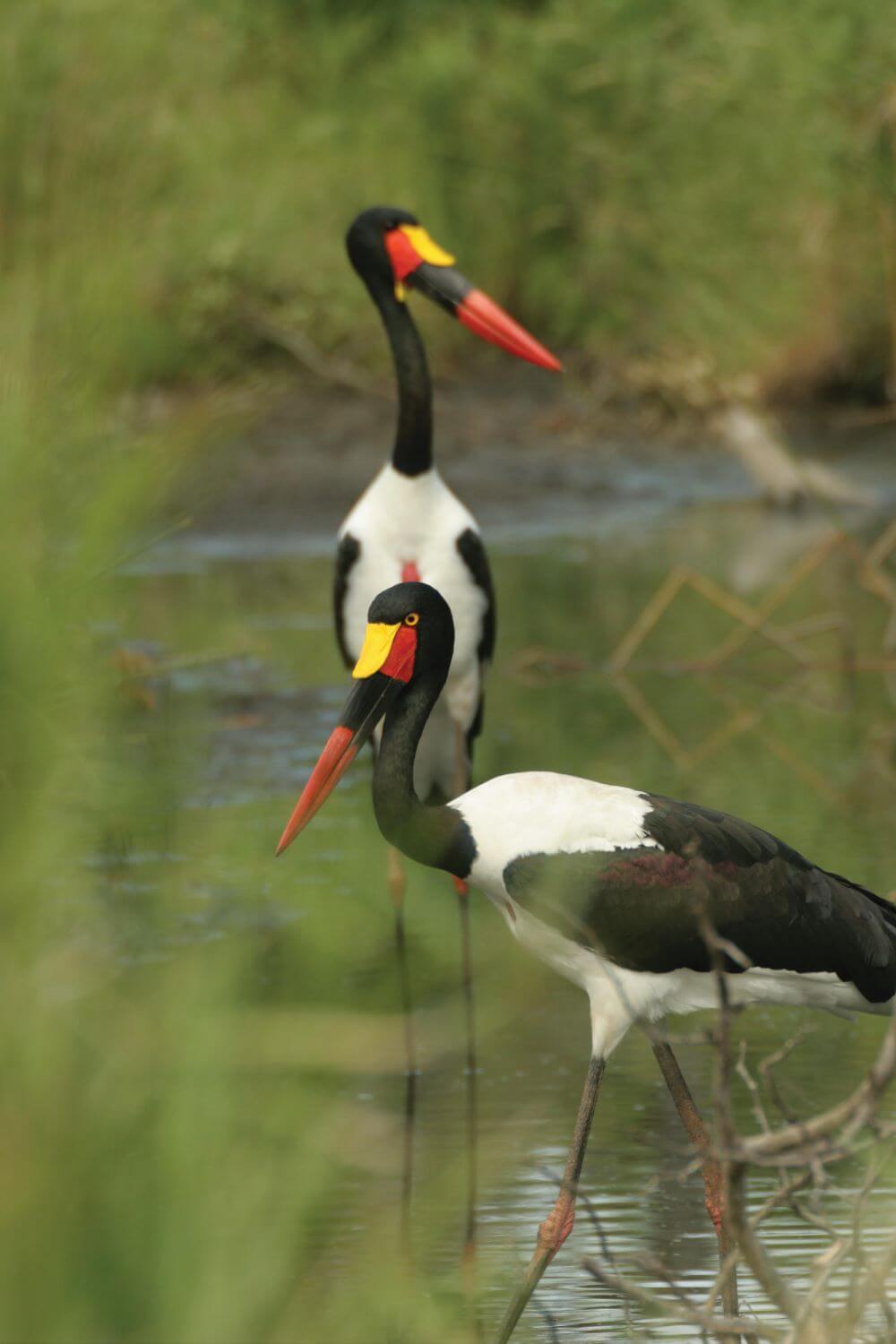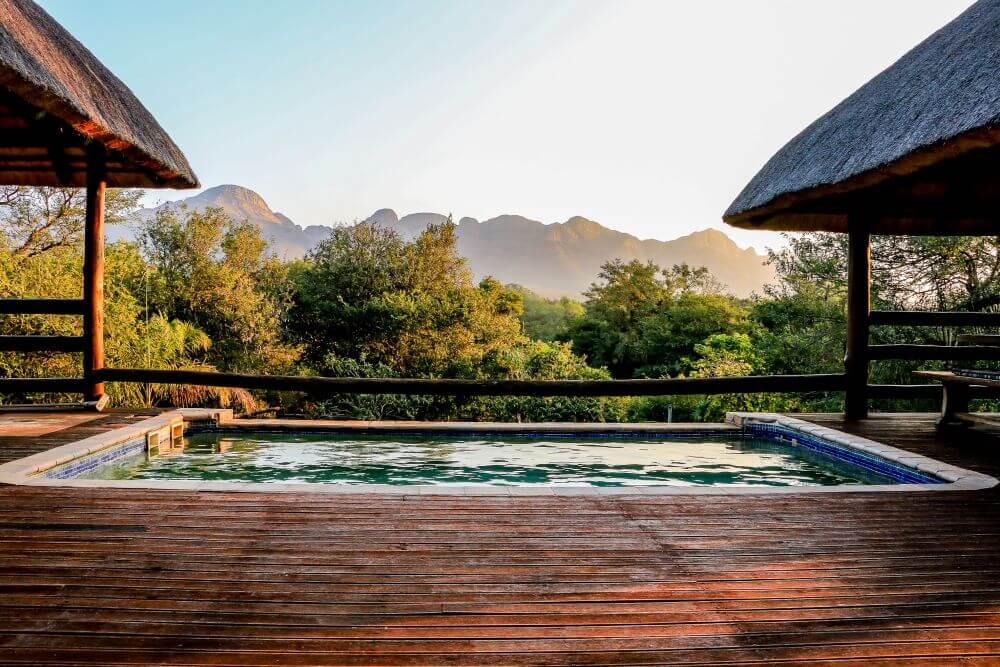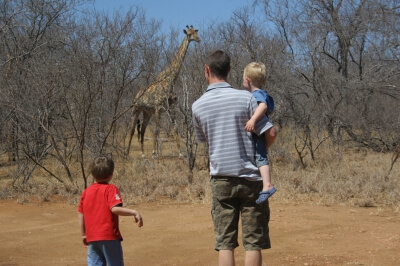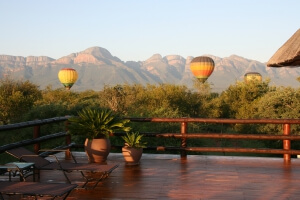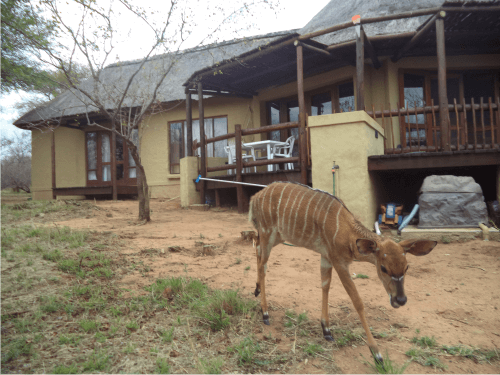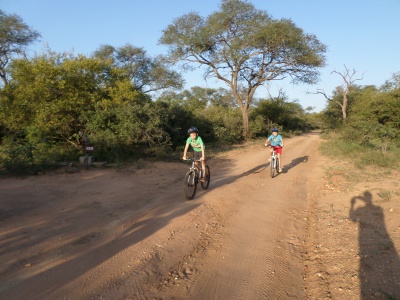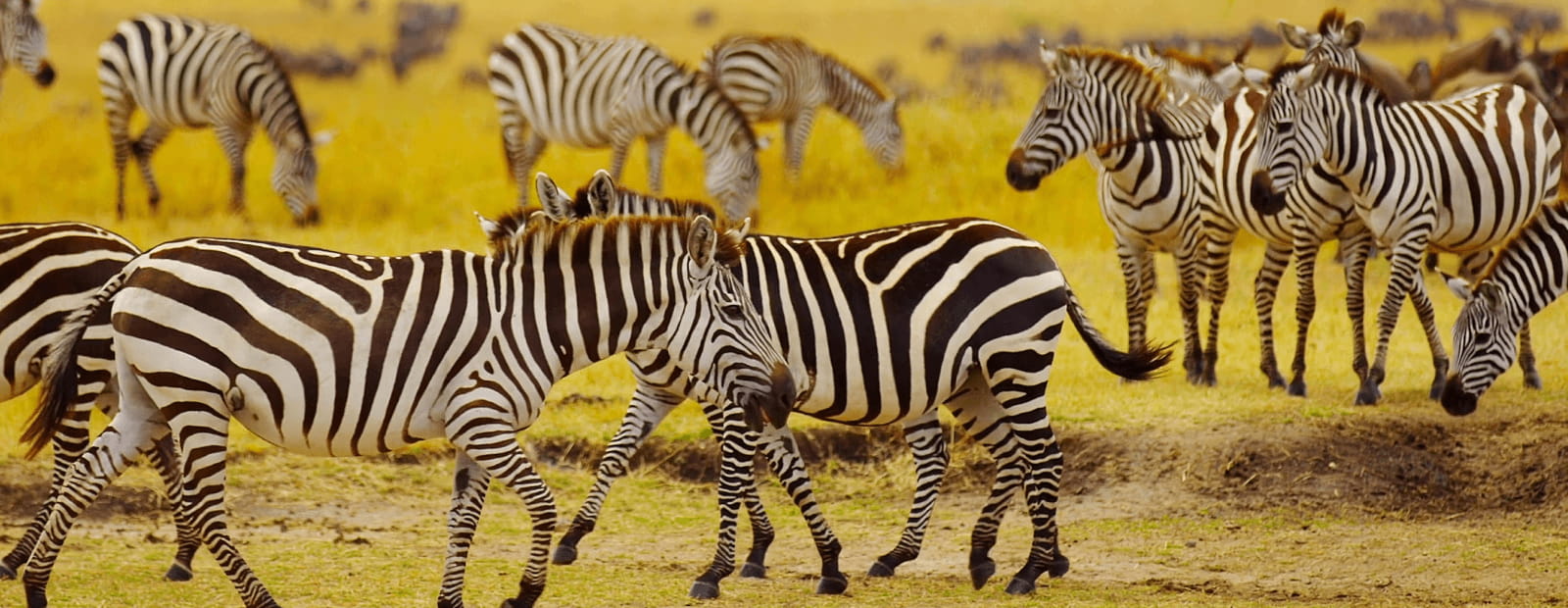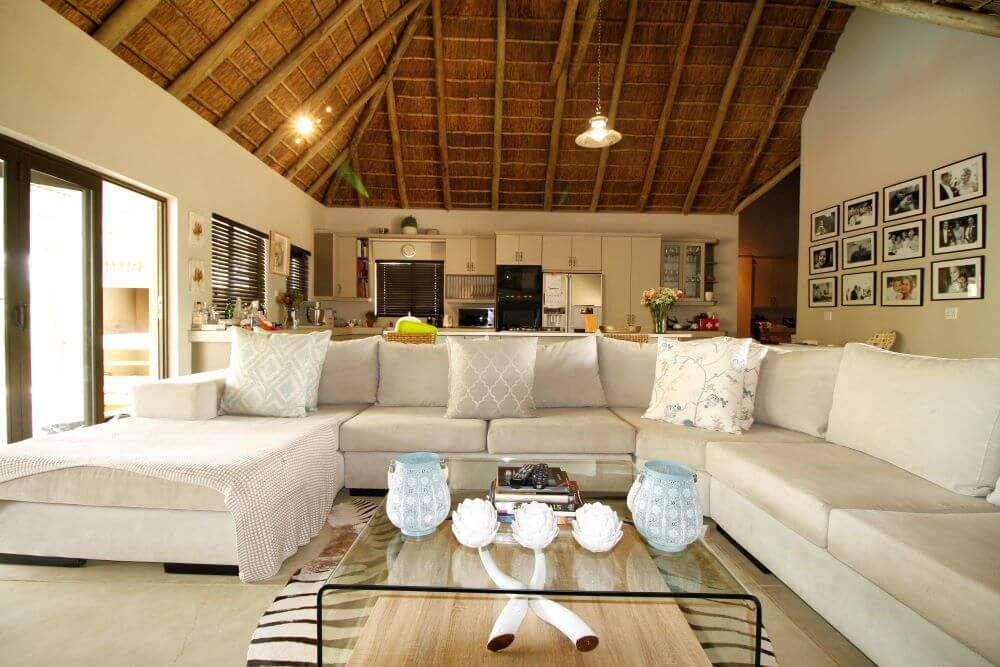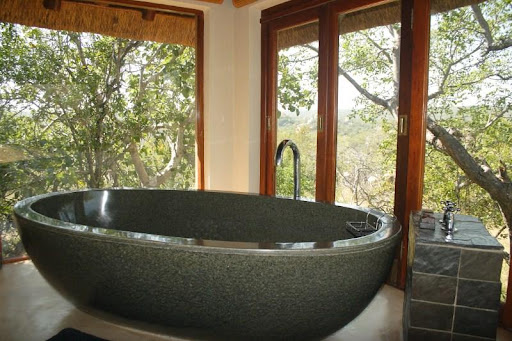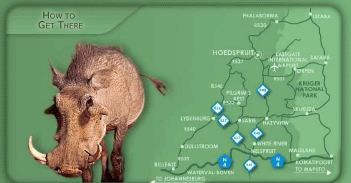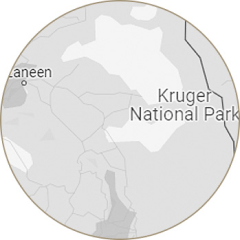The meaning of a Housing Estate changes from place to place. In Hoedspruit a Wildlife Estate means owning either a 3,000m² or 10 000m² (third of a Hectare or 1 Hectare) stand on which you can build a bush home, or commonly termed a private lodge, to predetermined architectural guidelines. Each house is surrounded by bushveld and most houses do not have gardens (although, indigenous plants are permitted). There are no fences or walls between the properties allowing game to move freely between the properties. It’s not uncommon for animals such as Nyala, Duiker, Porcupine or Warthog to make themselves resident around your home.
One of the biggest perks to living on a wildlife estate is that you have usage of the entire Estate and the facilities. This includes facilities such as hiking trails, cycling trails, picnic spots, game drive areas through to restaurant, gym, and horse stables in some instances. In most estates this portion of the property common is for the pleasure of home owners. What makes a wildlife estate special, is that it gives owners the freedom to enjoy the bush beyond the size of the full title ownership.
As with all development and Estates, a monthly contribution is levied to cover the running of the reserve. This includes fencing, security, roads, water holes, pumps and game management. The costs of running the estate are budgeted and approved annually. The costs for a home owner are far less than owning a large property on one’s own.
Each wildlife estate differs and the differences are characterised by things such as type of vegetation, the type or roads, architectural designs, shared facilities, activities, animal and bird types. In other ways they are very similar offering security, game viewing, nature and a good lifestyle.

